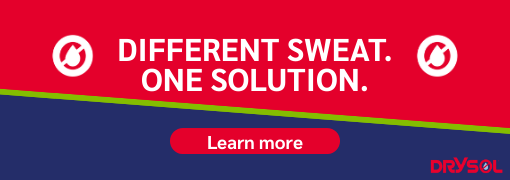-
Treatment for anorexia nervosa can be broken down into 6 parts: Forming a firm connection with people who can help a person to get better. Treating any dangerous medical problems. Getting to a healthier weight range. Getting comfort from eating in a regular and healthy way. Getting support about thoughts and feelings.
-
The two main treatments that have been found to be helpful to people with bulimia nervosa are: (1) psychological treatment and (2) treatment with medications. The psychological treatment that has been most clearly shown to be helpful is cognitive behaviour therapy, known as CBT for short. Some other psychological treatment approaches have been used, but they have not yet been demonstrated to be as effective as CBT.
-
If you are thinking about taking medications to lose weight, your doctor should consider three questions: Is there a cause of your obesity? Are there any medical complications resulting from your obesity? What is the proposed treatment plan? Medications should be used in combination with diet and exercise and never as the single method for treating obesity.
-
If you are considering obesity surgery, you should find out precisely what type of surgery you are going to have and do some research about it. Similarly, it will be important for you to speak to patients who have had this surgery. In general, if your surgeon has been doing the surgery for more than a few years, there should be a case series of results of obesity surgery that you can look at.
-
Obesity simply means an accumulation of body fat. In the medical world, it is determined by using the body mass index (BMI), which measures weight in relation to your height. To calculate your BMI, go to our Body mass index calculator. Obesity is classified in three ways: obese Class I (mild) - 20% to 40% overweight obese Class II (moderate) - 41% to 100% overweight obese Class III (severe) - more than 100% overweight (only occurs in 0.
Additional Resources

